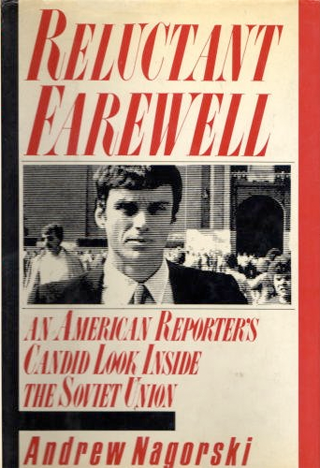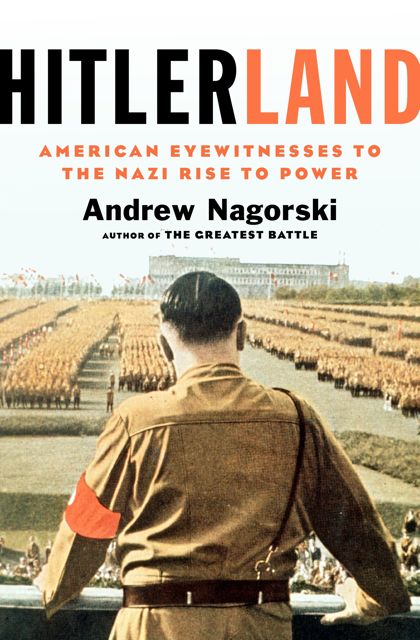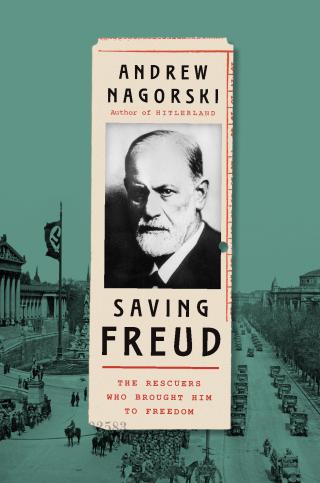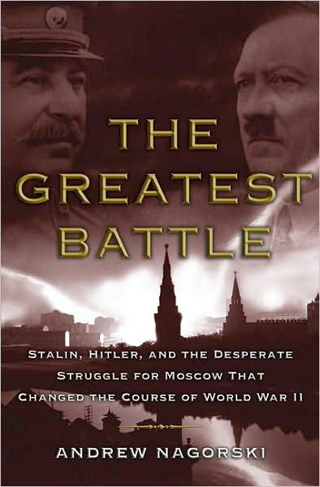The Battle for Moscow in 1941 was on a scale so colossal as to be unprecedented. Never in history had two armies come together in comparable numbers --- a total of seven million combatants, on a field of battle the size of France.
The architect of the German plan, Wilhelm Keitel, said the object of operations must be to deprive the enemy, before the coming of winter, of his government, armament, and traffic center around Moscow, and thereby prevent the rebuilding of his defeated forces and the orderly working of government control. If these goals could be swiftly achieved, then Hitler could turn his full attention to the war against Britain.
When Hitler ordered his army to attack Moscow, he made it clear that there were to be no prisoners --- they would only be a drain on German resources --- and that the city itself was to be destroyed.
Although Hitlers initial plan was to be in and out of Moscow before the onset of Russias brutal winter (General Winter), he was confronted by a series of maddening delays, resulting in precisely the scenario he had determinedly sought to avoid. Officially, his conquest of Moscow began on September 30, 1941 and lasted deep into April.
Still worse, the stops and starts and the attending confusion resulted in German troops being sent in without winter clothing. This might have tipped the scales decisively, but Stalins army was faced with a similarly debilitating disadvantage: a severe shortage of arms, so severe that many thousands of Soviet soldiers would be sent into battle armed only with instructions to pick up the rifle of a fallen comrade.
The Soviet arms shortage was Stalins fault, for having neglected to remove arms caches near the border to some more remote area. Stalin had expected a German invasion, author Andrew Nagorski says, but not so soon, and therefore he had not yet begun to prepare for it. Among the preparations, of course, would have been the transfer of those arms caches to more secure locations. As it was, the Germans seized them on the way to Moscow.
Inside Moscow it was widely believed that the city inevitably would fall. Nagorski interviewed one authoritative source who told him that the hopeless amounted to about 98 percent of the citys residents. Stalin himself had a private train standing by to take him to Kuibyshev (a city on the Volga about 600 miles away), to which he had already sent his aides. According to Nagorski, Stalin actually went to the train station on one occasion and paced back and forth beside the train before finally returning to the Kremlin.
The author learned from recently declassified papers produced by the NKVD (the secret police) that it, too, believed that Moscow was on the verge of being overrun and that it was preparing to leave behind teams of saboteurs and assassins to harass the occupiers.
Nagorski is a veteran correspondent and former bureau chief for Newsweek magazine in Hong Kong, Moscow, Rome, Bonn, Warsaw and Berlin. As a journalist/historian, he is a skilled writer who knows his stuff. He writes with energy and a keen eye for detail.
Link
Refers to Book








